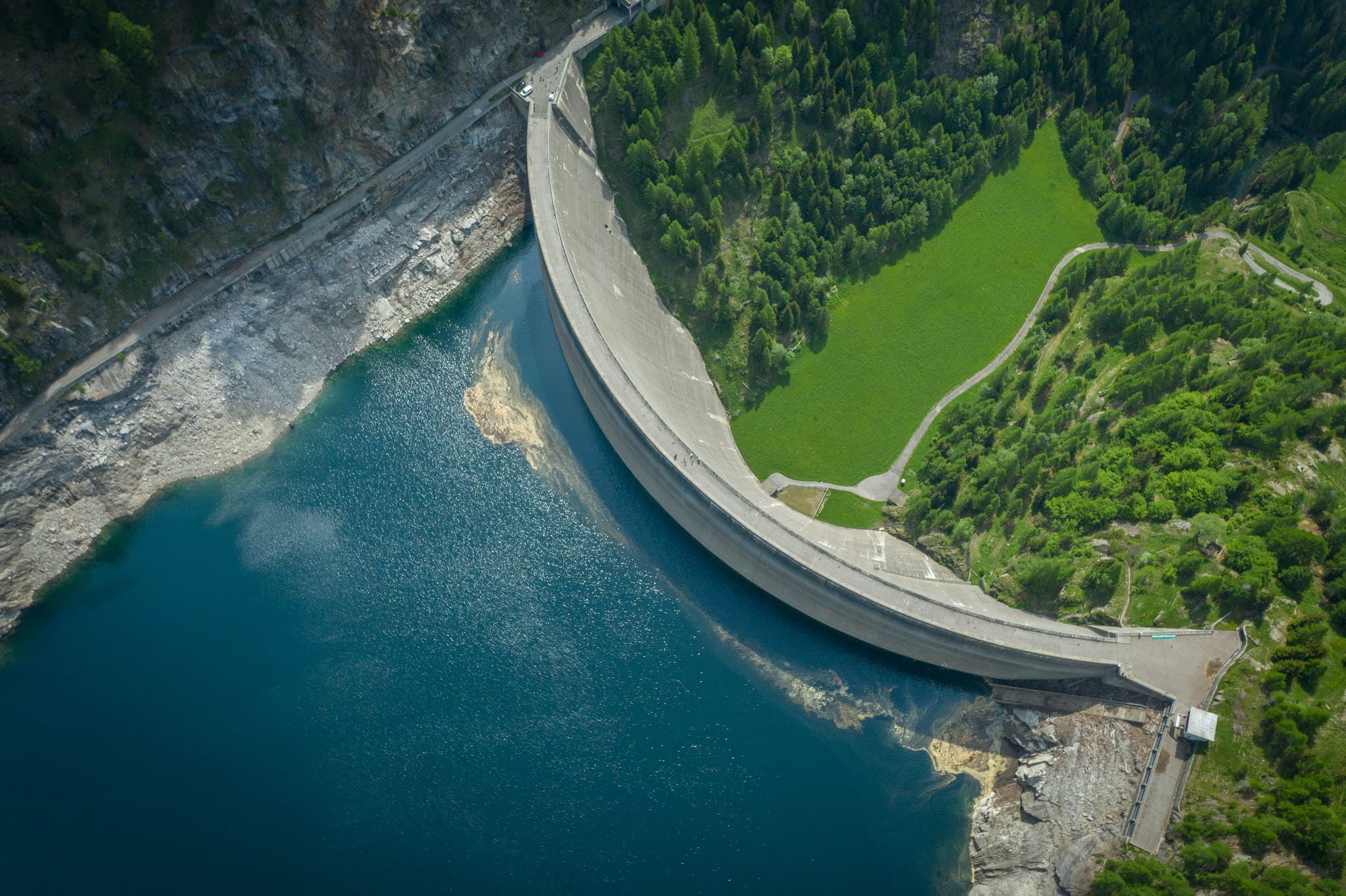Step by step guide to conducting a business energy audit
Regardless of the size of your business, conducting an energy audit can significantly benefit your operations.

Regardless of the size of your business, conducting an energy audit can significantly benefit your operations. An energy audit involves a thorough examination of your business’s energy consumption patterns and helps identify areas where energy is being used inefficiently.
Conducting an energy audit is a powerful exercise that can enable your business to identify areas of energy waste, reduce costs, and minimise your environmental footprint. Starting an energy audit can seem daunting, but whether you decide to hire a professional energy auditor or tackle it yourself, this comprehensive guide will help you navigate the process. We’ll walk you through each step of conducting an energy audit for your business, empowering you to make informed decisions and drive positive change.
Energy audits for businesses
Understanding the importance of energy audits
Firstly, it’s important to define what an energy audit is and why it matters for your business. An energy audit for your business entails a detailed review of your company’s energy consumption, encompassing buildings, equipment, lighting, and operational practices. It identifies areas where energy is wasted or used inefficiently, helping you reduce costs and improve operational efficiency.
Additionally, this detailed audit offers actionable insights for better energy management, that can be aligned with your business’s sustainability goals and corporate social responsibility initiatives. By implementing the recommendations from the audit, your business can enhance its environmental stewardship and contribute to a more sustainable future.
Preparing for your energy audit
Preparation is key to a successful energy audit. You should begin by gathering all of the relevant information about your business’s operations, including, energy bills, equipment inventories, and facility layouts.
It’s important to decide on a data collection method to ensure data accuracy throughout the audit process, as well as establish clear objectives for what you want to achieve from the audit.
Involving stakeholders from different departments ensures a well-rounded understanding of energy usage throughout the business. This collaborative approach brings diverse insights, adding significant value to the overall audit.
Conducting the energy audit
A good starting point to your energy audit is to check your heating and cooling systems, lighting, energy-consuming equipment, and appliances, making sure to evaluate their efficiency, usage patterns, and maintenance records. Using energy monitoring tools and software to track usage patterns and pinpoint areas of high consumption could be beneficial.
Also, involving staff in energy-saving practices helps spot areas where energy might be wasted due to inefficiencies or lack of awareness, which contributes to the audit process.
Identifying opportunities from your findings
Once the energy audit is complete, this will allow you to compile and analyse the data to identify patterns and trends, such as outdated equipment, air leaks, or inefficient lighting, which may be impacting your business’s energy usage.
Prioritising opportunities based on their potential impact, feasibility, and cost-effectiveness is a valuable approach to organising your findings. It’s important to consider both short-term quick wins and long-term strategic initiatives to optimise energy usage in a sustainable manner that aligns with your business goals.
Developing, implementing & monitoring your action plan
The insights from your energy audit, will enable you to develop a action plan with clear steps, timelines, responsibilities, and budgets. When you’re creating your action plan, you should take into consideration your business’s goals and broader objectives, like sustainability and cost management.
Including the potential cost savings resulting from the changes planned for implementation is also worth considering. For the smaller changes, a quick internet search may give you an idea of costs, but for bigger projects, it may be necessary to talk to suppliers and installers directly.
Finally, consider sharing your plans with stakeholders to encourage collaboration in reducing energy usage together.
Continuous improvement is key
An energy audit is a proactive step towards optimising your business’s energy usage, reducing costs, and enhancing sustainability. Consider establishing processes for ongoing monitoring, evaluation, and optimisation to sustain momentum and drive continuous improvement.
By following the steps in this guide and embracing optimal energy usage within your company’s culture, you’ll discover valuable energy efficiency opportunities that can greatly benefit your business and the planet.





